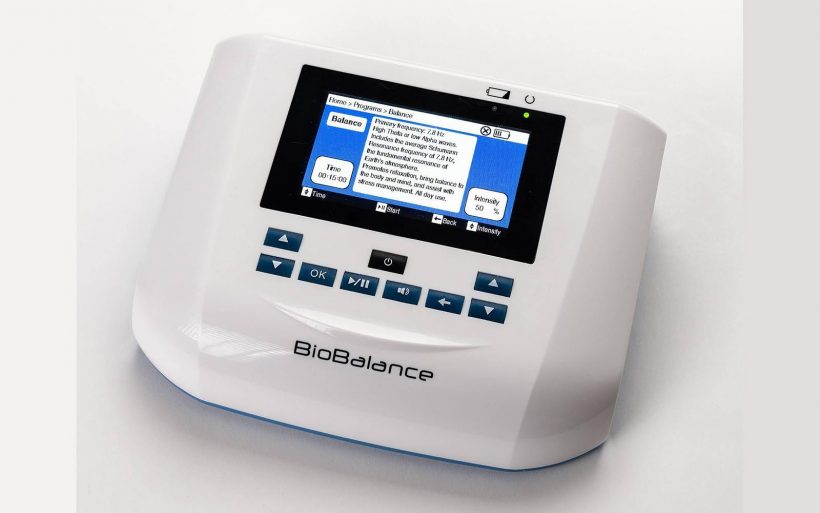What Does PEMF Mean?
PEMF is an acronym. It stands for pulsed electromagnetic field.
The electromagnetic force is one of the four fundamental forces of Nature. (The other three are gravity, the strong force, and the weak force.) Electric and magnetic fields are invisible areas of energy associated with natural and artificial lighting and the use of electrical power in general.
Technically, these fields are classified as radiation, but you shouldn’t take that to mean the ones you encounter every day are dangerous. They’re not. Unlike X-rays, for example, that have the potential to harm you (hence the heavy protective apron the hygienist drapes over you before taking dental X-rays), they’re low frequency and safe.
How Does PEMF Therapy Work?
It’s fair to say that the body runs on electricity. Every bit of it is made of cells. At rest, they’re negatively charged on the outside and more positively charged on the inside. It’s the flow of charges across a cell membrane that generates electrical current and provides for the exchange of sodium, calcium, and potassium ions.
To be more specific, when a cell receives stimulation, positive charges pass into it through open ion channels. That causes additional electric current, and this in turn gives rise to electrical pulses known as action potentials. Particular patterns of action potentials are necessary for us to think, move, and feel as we would wish.
Unfortunately, illness, trauma, and toxins can disrupt this natural process, and the cell stops working efficiently and effectively. Electromagnetic therapy machines work to restore the negative and positive charges in the cell through the application of puled electromagnetic fields at precise frequencies. The goals are to relieve pain, speed up healing, reduce inflammation, and improve mobility and circulation.
How Do We Know PEMF Therapy Works?
Following a study at Columbia University, the FDA approved PEMF therapy specifically to aid in the healing of nonunion fractures. Since then, clinicians and hospitals have investigated its potential usefulness in addressing a variety of conditions. NASA conducted four years of collaborative research on using pulse electromagnetic therapy to deal with the bone loss, fatigue, depression, and other problems experienced by astronauts after trips to outer space when they were outside the Earth’s natural magnetic field.
The History of PEMF Therapy Machines
Electromagnetic field therapy had its beginnings with the great inventor Nikola Tesla. He didn’t invent electromagnetic therapy per se, but he did invent the magnetic loop coil that is now a key component in every PEMF therapy device.
The first true PEMF therapy machine was the Helmholtz coil. This was an imposing, distinctly non-portable device that created a nearly uniform magnetic field. They originated in Czechoslovakia and then spread to Hungary in the 1980s. By the late 1990s, they were common across Europe.
Interestingly, veterinarians were the first healthcare professionals to employ electromagnetic field therapy. They used it in an effort to mend the broken legs of racehorses, and it’s still used to help animals today.
PEMF therapy for humans began when, as noted above, NASA investigated the potential benefits of PEMF therapy for promoting tissue growth and stimulating the repair of mammalian tissues.
In 1979, the FDA approved pulse electromagnetic therapy to address nonunion fractures.
Meanwhile, PEMF therapy devices have come a long way from the cumbersome Helmholtz coil. Today, many of them resemble yoga mats. They’re just slightly thicker to accommodate the spiral coils inside. (The coils generate the therapeutic electromagnetic field.) There are even inconspicuous wearable PEMF devices to provide pain relief and other benefits as people go about their day-to-day activities.
Given their long track record, if you suffer from chronic pain or any of the many other conditions electromagnetic therapy is currently used to address, it’s well worth considering if a PEMF therapy machine could help you, too.
Visit https://DrPawluk.com for more details.
Laila Azzahra is a professional writer and blogger that loves to write about technology, business, entertainment, science, and health.
